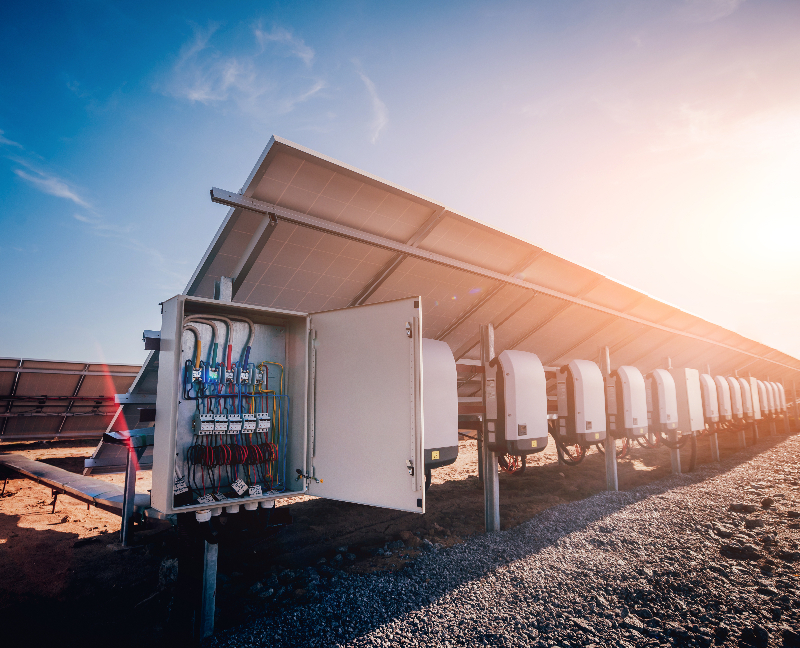On- grid inverter
On-grid inverters are devices used in solar energy systems that convert the direct current (DC) electricity generated by solar panels into alternating current (AC) electricity. These inverters are specifically designed to synchronize with the utility grid's AC electricity supply. Their primary function is to ensure that the electricity produced by solar panels is compatible with and can be fed directly into the grid, allowing for efficient and seamless integration of solar power into the existing electrical infrastructure. On-grid inverters play a crucial role in maximizing the use of solar energy for immediate consumption by homes, businesses, and other facilities, while also enabling users to potentially earn credits or incentives through net metering arrangements with utility providers.
